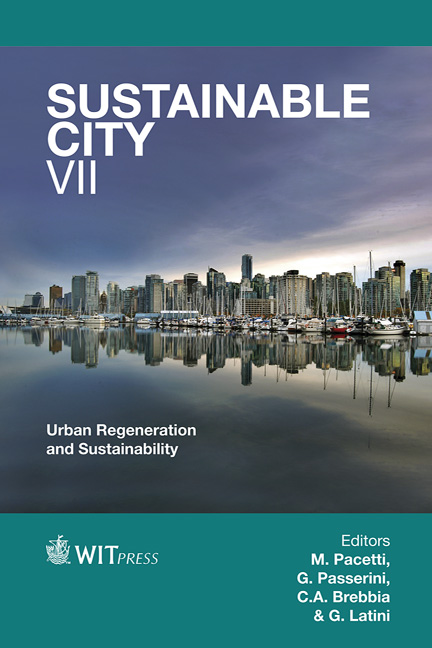Encountering Culture On The Edges – Colouring And Re-colouring In Residential Buildings: Case Studies Of Istanbul
Price
Free (open access)
Transaction
Volume
155
Pages
11
Page Range
353 - 363
Published
2012
Size
2,516 kb
Paper DOI
10.2495/SC120301
Copyright
WIT Press
Author(s)
A. Kuruç
Abstract
A residential area/house/dwelling \“is a place where the human is active and penetrating most. Besides it defines an encountering space” (Uğur Tanyeli). The act of encountering mostly happens on the edge of inner and out space relation. Colour is a changing or/and constant component in this encountering space. It tells us about not only the features of the object/building/the signified one but also the viewers, the re-users, ultimately representing the social cultural eye. Moreover, it holds the clues of social life – misunderstanding, thoughts and as-ifs in a particular culture. In the context of this research, three residential spots are selected: from the metropolitan city of Istanbul; – a city with an elegant architecture of 1800 years – the first one is from the Historic Peninsula: Soğukçeşme Sokağı – a set of houses in a street from the 19th century; the second example is from the Bosphorus waterfront: Amcazade Yalısı – a waterside palace land dating back to the 17th century; and the third one is from Taksim district: İnönü Bulvarı – buildings lining an avenue from the early 20th century referring to different kinds of residences and inner-outer space relations. Selected research methodology involves analysing the case studies of Istanbul at various levels of interaction: the location of the building, the building itself and the facade. In order to aid the analysis, the following research questions are asked: • What causes the decisions about colour (constant/changeable) used in outer-inner spaces?
Keywords
colouring, memory value, encountering spaces, residential building, Istanbul, Bosphorus, Historic Peninsula, Taksim





